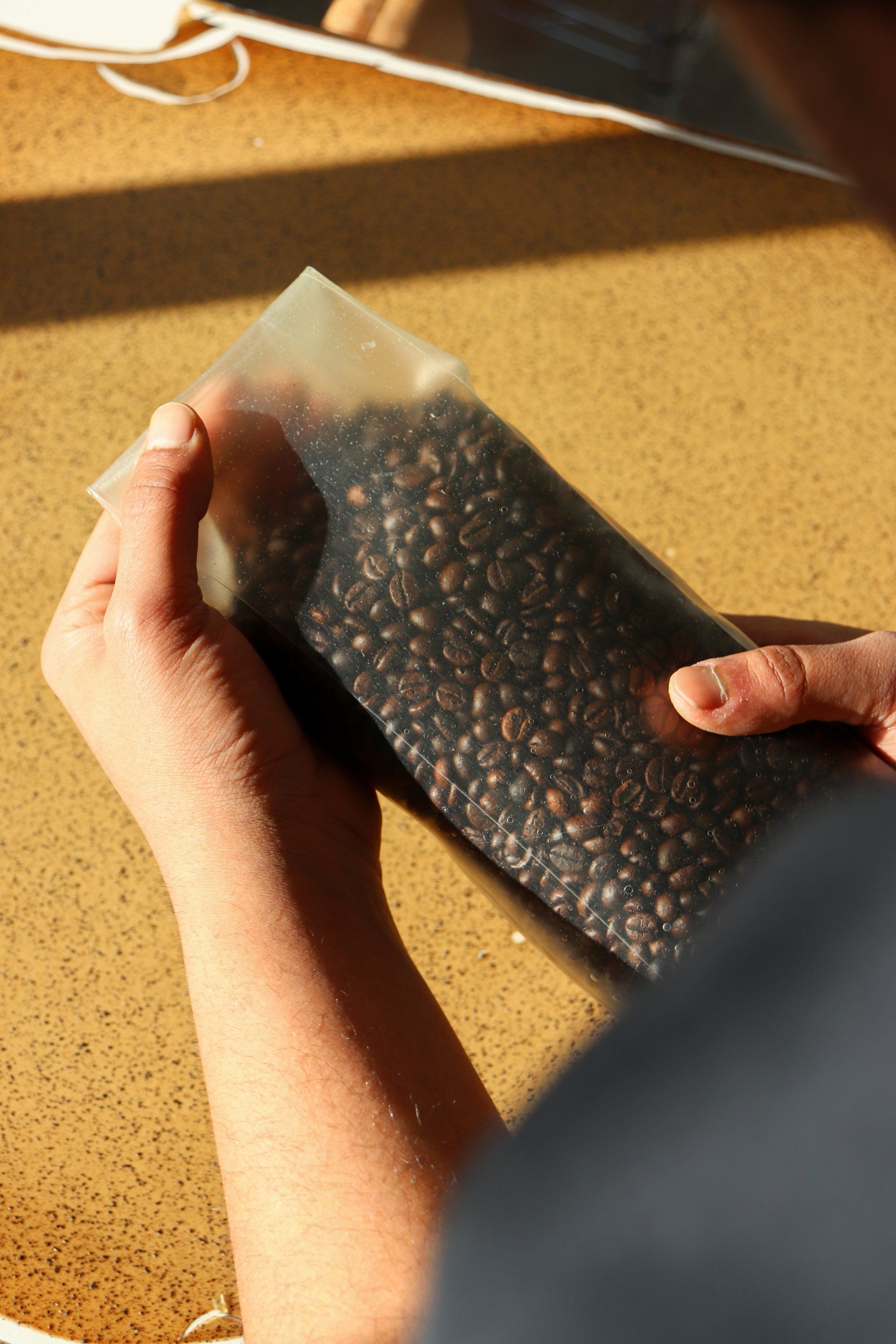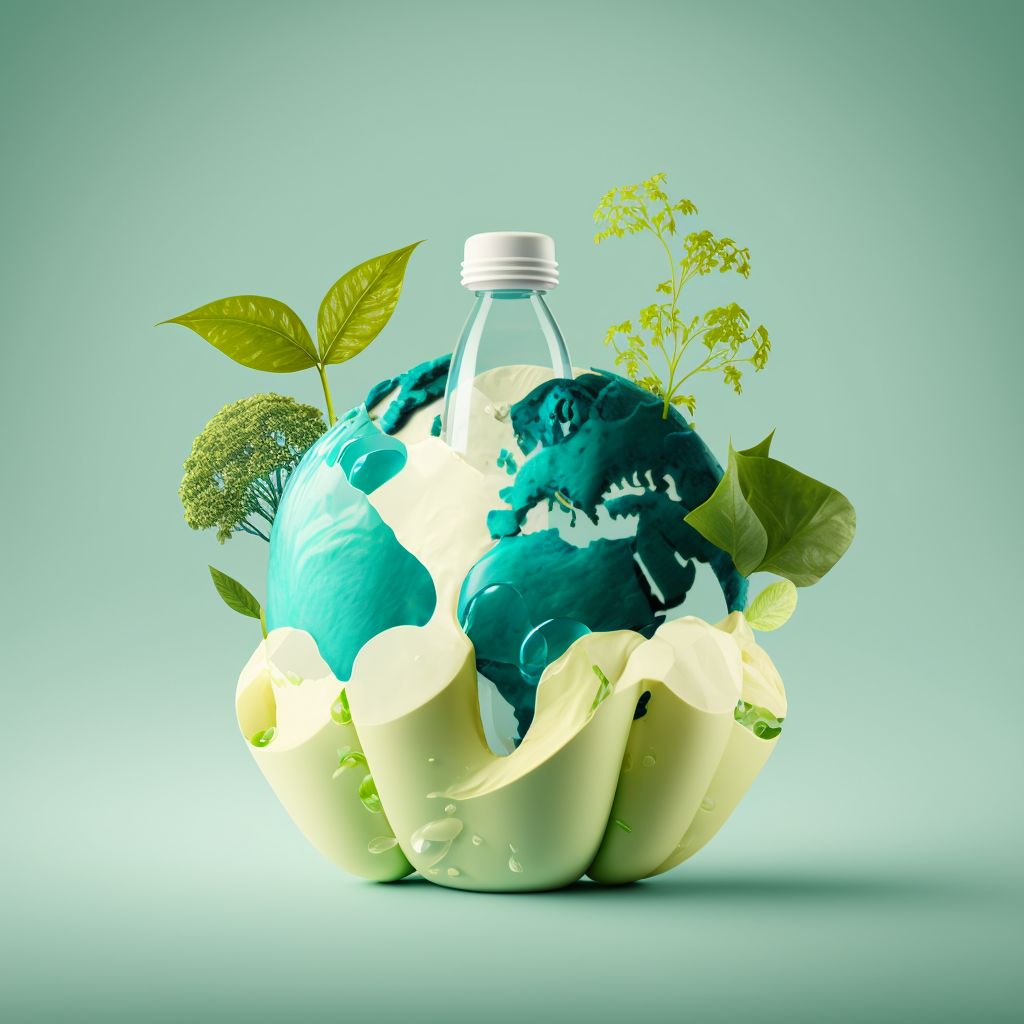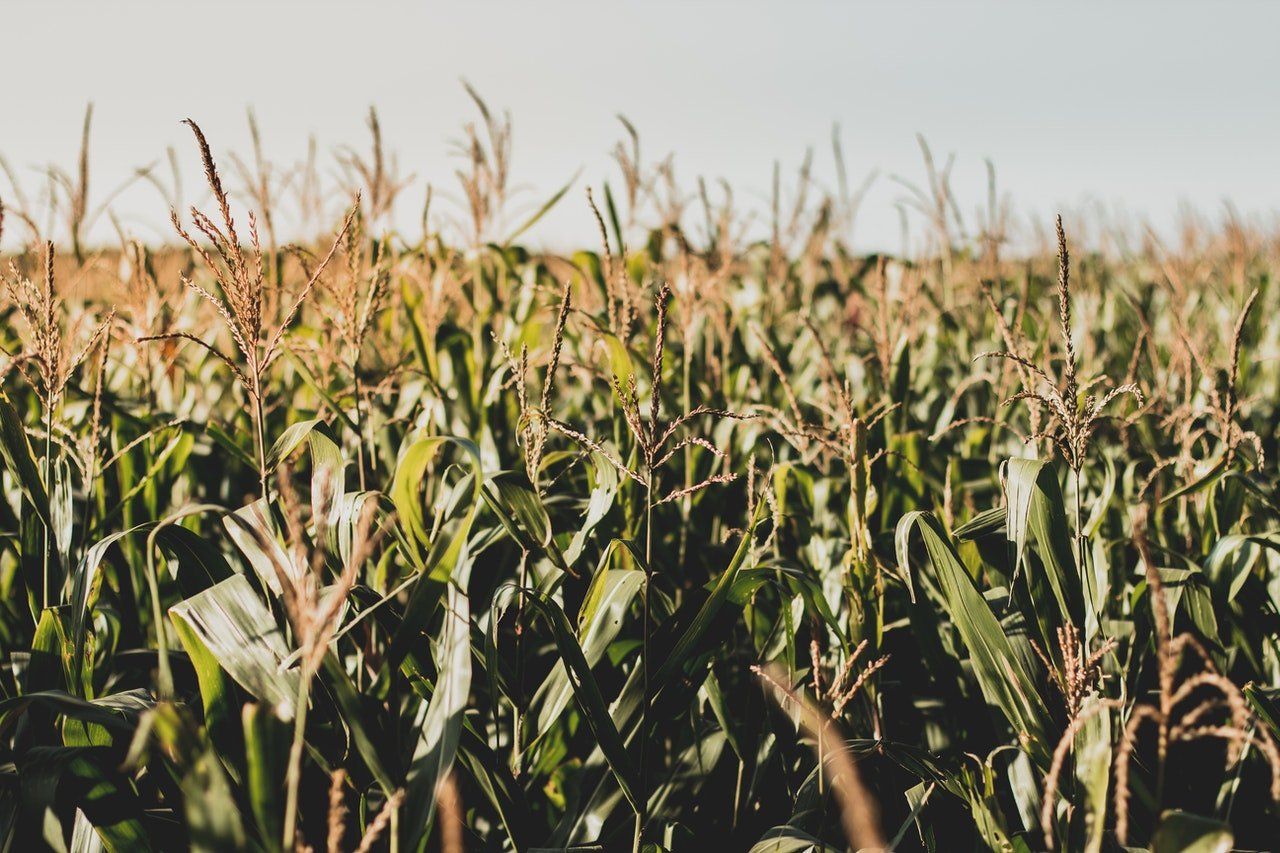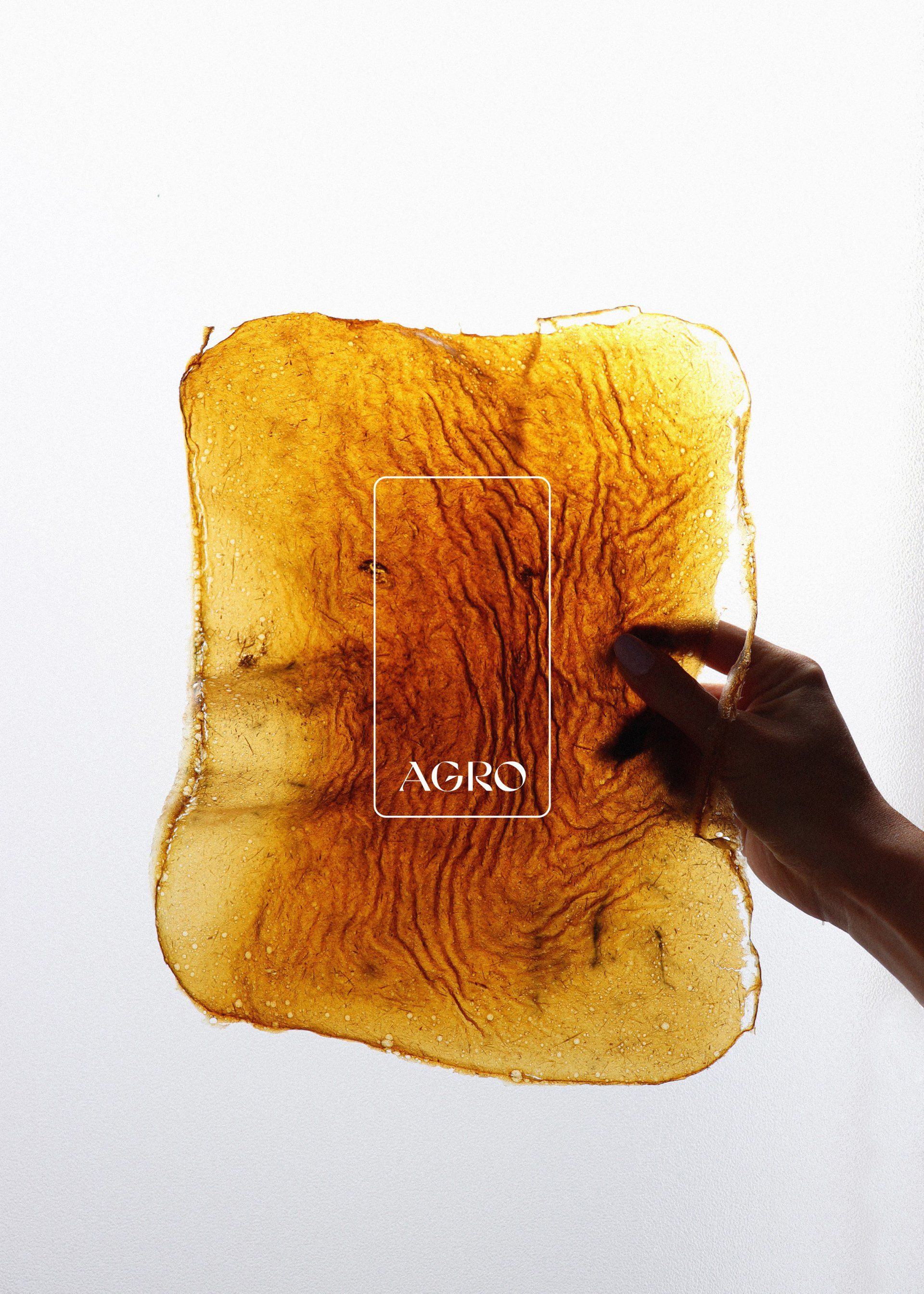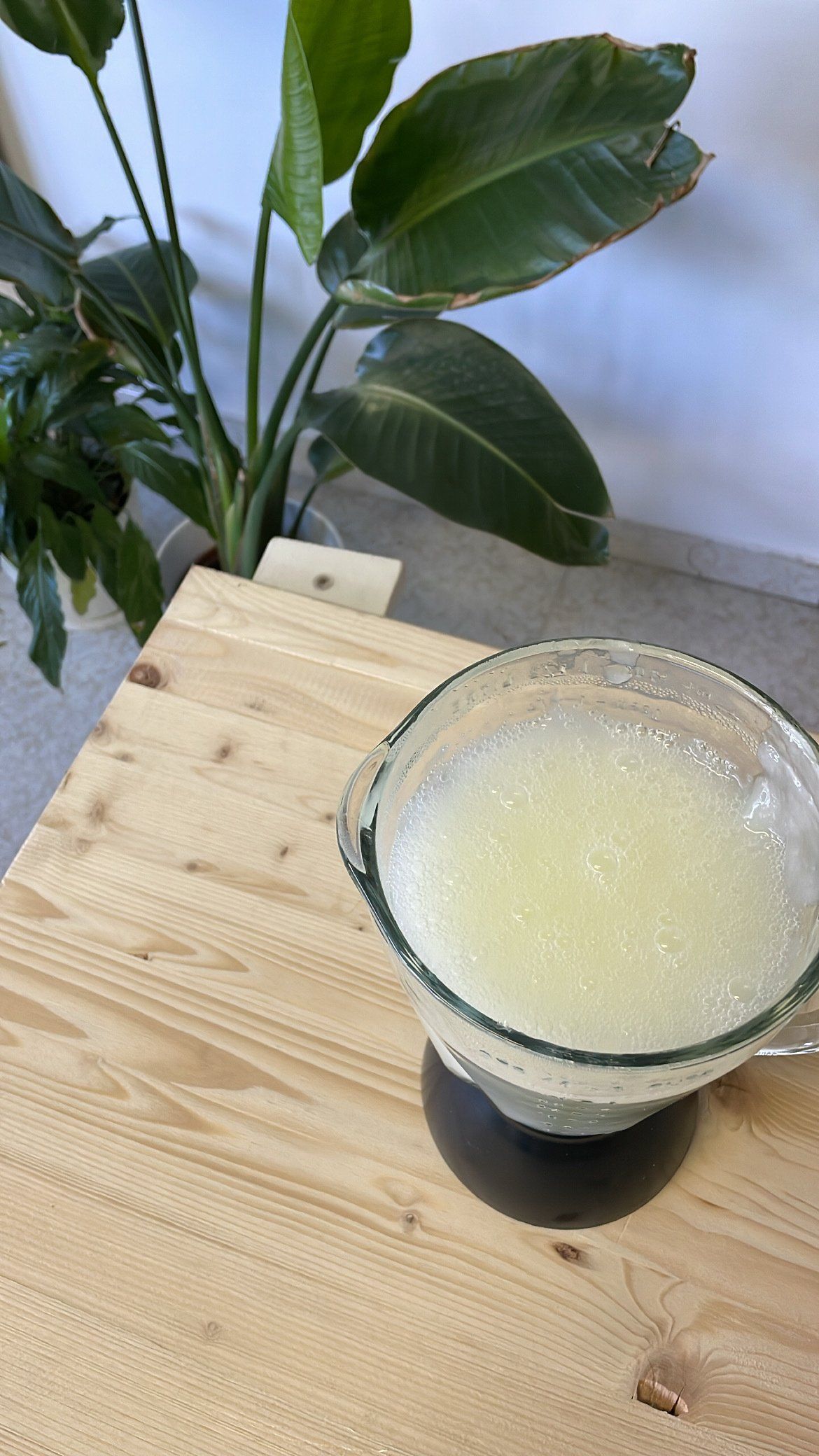What is the Circular Economy?
We can define the circular economy
as an economic system of exchange and production and production that in all its stages, production, utilization and recycling, looks for the effectiveness in the use
of resources, seeking to minimize
the environmental impact, while developing the welfare of people.
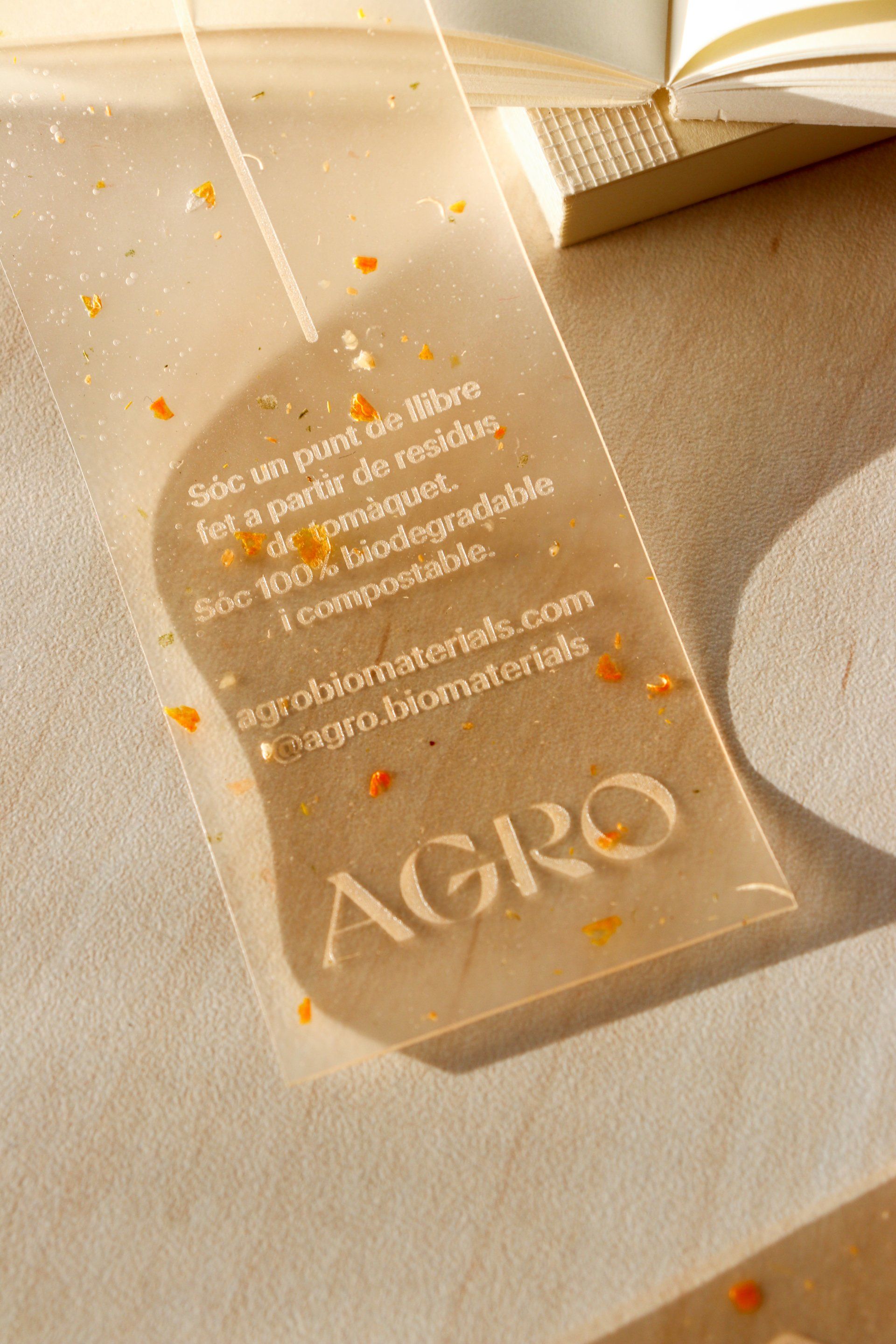
To cite an example, we could talk about the textile industry. The second-hand clothing market is a form of circular economy. The reuse of the material until its full useful life, combined with the subsequent recycling of the materials, allowing the creation of new products is a very clear example of circular economy.
Recycling is the last stage, when all other possibilities of use have been exhausted.
The objective of the circular economy is, therefore, to make the best use of the material resources available to us by extending the life cycle of products.
The challenges for its implementation:
Our society, highly conditioned by fashions and a culture that is not very respectful of our natural resources, does not have it easy, as it requires a new way of thinking.
Our society has developed in recent decades a survival far removed from the circular economy. Our current system is based on a linear model, i.e., we produce, use and discard. For example, when a watch breaks, we replace it; when a sofa wears out, we throw it away; when a mattress is no longer comfortable, we throw it away; we rarely seek to repair, recycle or recondition before replacing.
The paradigm of continuous growth of many economies, conditions and even justifies this model, therefore the change towards a circular economy, must be gradual and well planned if we want
to consolidate this change.
Although the new generations are already more committed to environmental responsibility, there is still a lot of work to be done, especially in emerging economies, which are more concerned with solving basic problems than with thinking about the circular economy. It is likely that between the will of governments, education and future needs due to resource depletion, the circular economy will eventually be implemented in all economic and social spheres of our societies.
